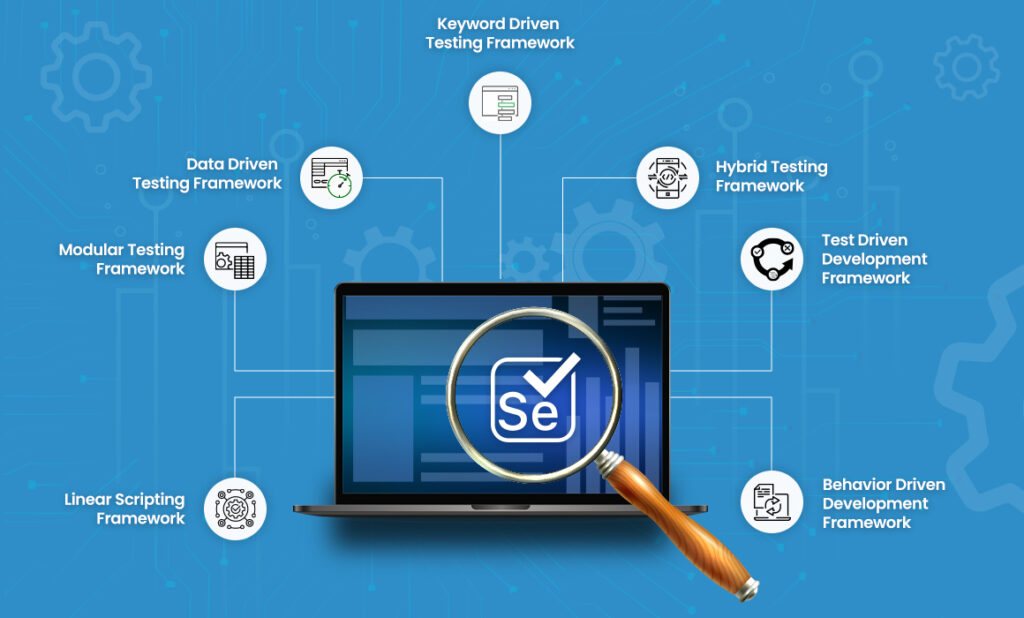Across all industries, business analysis is crucial to the success of organizations. But frequently, it continues to be obscured by misunderstandings.
Organizations may uncover inefficiencies, streamline procedures, and put practical solutions into place with the aid of business analysis. Business analysts help organizations make educated decisions, improve operations, and spur innovation by comprehending business needs, analyzing data, and formulating requirements.
Effective business analysis ultimately results in increased productivity, higher customer satisfaction, and better company outcomes.
Business analysts use a variety of methods, including interviews, seminars, surveys, observations, and document analysis, to obtain requirements. These methods assist you in defining the project’s scope, identifying current obstacles, and comprehending the demands and objectives of stakeholders.
In this article, we would debunk some of the common myths surrounding business analysis. Check out the business analysis online course to learn more.
Myth 1: Business analysis is only about IT projects.
Fact: Although business analysis is frequently connected with IT projects, its application goes well beyond tech-related goals.
Understanding business needs, spotting chances for development, and putting up solutions are all part of what is referred to as business analysis.
It can be used in many different fields, including finance, marketing, operations, and strategy.
This is due to the fact that ba work closely with stakeholders to analyze processes, compile needs, and suggest modifications that promote organizational development and effectiveness.
Myth 2: Business analysis is the same as project management.
Fact: Despite their similarities and frequent overlap, business analysis and project management have separate focuses and goals.
Understanding business needs and challenges, doing analysis, and developing requirements are the main tasks of business analysis. Project management, on the other hand, concentrates on organizing, carrying out, and keeping track of projects in order to accomplish particular objectives within predetermined boundaries.
Myth 3: Business analysis is a one-time activity.
Fact: An iterative process, ba develops during the course of a project or initiative’s life cycle.
It starts with an understanding of the business’s existing situation, followed by the identification of potential improvement areas and change requirements.
But as the firm develops, the analysis keeps going, responding to fresh data, stakeholder input, and new business requirements. ba are crucial in ensuring that the solutions implemented fulfil the targeted goals and are in line with changing company requirements.
Myth 4: Business analysts only need technical skills.
Fact: Technical expertise is important for ba working in technologically advanced workplaces, but it is not the only necessity for professional success.
A broad range of abilities, including stakeholder management, communication, critical thinking, problem-solving, and domain expertise, are possessed by business analysts. Since business analysts serve as a liaison between business stakeholders and technical teams, they must ensure that needs are accurately translated into workable plans. This makes effective communication all the more important.
Myth 5: Business analysis is only relevant for large corporations.
Fact: Small enterprises, start-ups, and non-profit organizations of all sizes can benefit from business analysis.
Organizations, regardless of their size, encounter opportunities and challenges that can be helped by the methodical approach and insights offered by business analysis. Even smaller organizations can make wise selections and promote growth by comprehending their business needs and coordinating their strategy.
Myth 6: The process of business analysis is linear.
Fact: Iterative and dynamic, ba is a process that requires constant inquiry, assessment, and change.
The process of identifying a problem and implementing a solution is not strictly linear. ba converse with stakeholders frequently, get their opinions, and iterate over requirements and solutions. This iterative process guarantees that the final product takes into account the changing needs of the organization.
Myth 7: Business analysis is only focused on finding problems.
Fact: ba is not only concerned with the cons; it also entails discovering and solving company problems.
Additionally, ba look for chances for development, innovation, and expansion. They closely collaborate with stakeholders to comprehend their objectives and aspirations while also examining the state of the company today to identify areas that may be improved upon to meet strategic goals.
Myth 8: Conducting business analysis alone.
Fact: Collaboration and good communication with stakeholders across all levels and departments within an organization are essential for successful business analysis.
ba lead discussions, gather data, and make sure all points of view are taken into account. They collaborate closely with project managers, developers, subject matter experts, and other stakeholders to create thorough solutions that support the objectives of the organization.
Conclusion
You can begin a career in business analysis without a technical background or a degree in business administration. Check out the business analyst online course to begin your journey.





























